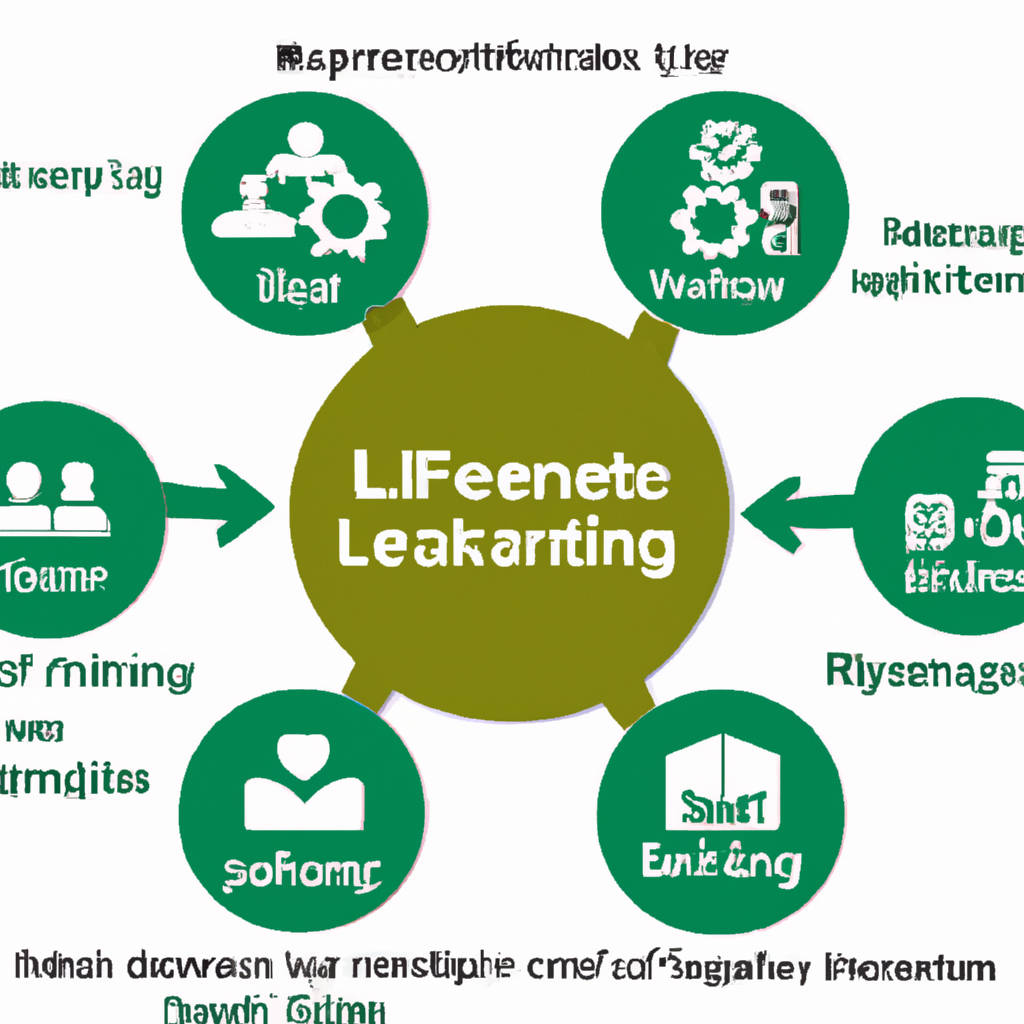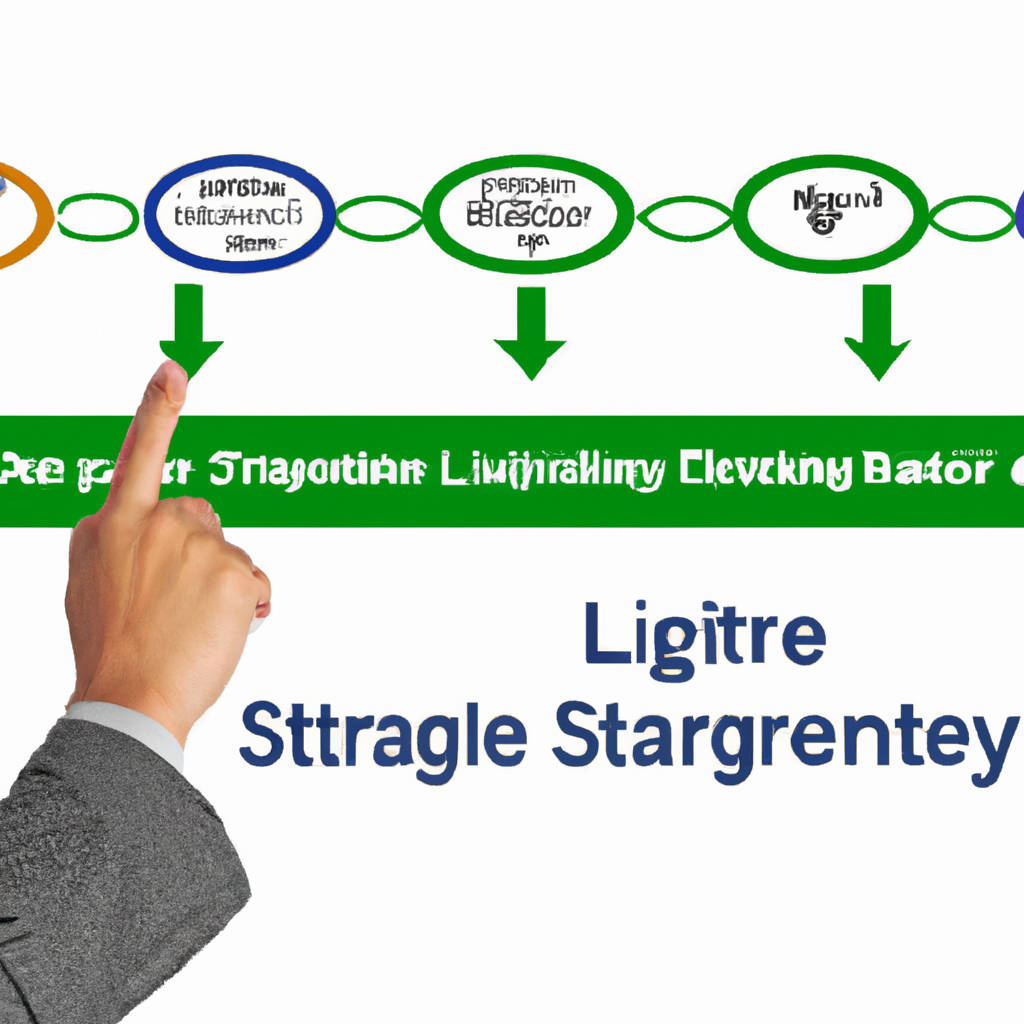Optimizing your lifecycle marketing strategy is crucial for achieving success in today’s competitive business landscape. By focusing on the different stages of the customer journey, from acquisition to retention, you can effectively engage with your audience and drive conversions. One key aspect of optimizing your strategy is to personalize your messaging and offers to each customer segment based on their behavior and preferences. This can help you build stronger relationships with your customers and increase their lifetime value.
Another important factor to consider when optimizing your lifecycle marketing strategy is to use data and analytics to track and measure the performance of your campaigns. By analyzing key metrics such as open rates, click-through rates, and conversion rates, you can identify which tactics are working and which ones need improvement. This data-driven approach allows you to make informed decisions about where to allocate your marketing resources for the best results.
In addition, it is essential to have a cohesive and integrated approach to your lifecycle marketing strategy. This means aligning your messaging and offers across all channels, including email, social media, and website, to create a seamless experience for your customers. By maintaining consistency in your communications, you can reinforce your brand messaging and build trust with your audience.
Furthermore, optimizing your lifecycle marketing strategy involves testing and iterating on your campaigns to continuously improve performance. By conducting A/B tests and experimenting with different tactics, you can identify what resonates best with your audience and make adjustments accordingly. This iterative approach allows you to stay ahead of the curve and adapt to changing market dynamics.
Lastly, it is important to stay up-to-date with the latest trends and best practices in lifecycle marketing to ensure that your strategy remains effective. By attending industry conferences, networking with other marketing professionals, and staying informed through online resources, you can gain valuable insights and stay ahead of the competition.
In conclusion, optimizing your lifecycle marketing strategy is essential for driving growth and success in today’s competitive business environment. By personalizing your messaging, leveraging data and analytics, maintaining a cohesive approach, testing and iterating on your campaigns, and staying informed on industry trends, you can create a strategy that resonates with your audience and drives results. By continuously refining your approach and adapting to changing market dynamics, you can position your business for long-term success.

Defining Lifecycle Marketing
Lifecycle marketing is a strategic approach to marketing that focuses on engaging customers at every stage of their journey with a brand. This approach recognizes that customers go through a series of stages, from awareness to consideration to purchase and finally to loyalty. By understanding these stages and tailoring marketing efforts to meet the needs of customers at each stage, businesses can build stronger relationships with their customers and drive more revenue. Lifecycle marketing involves creating personalized and relevant content that speaks to customers’ needs and interests, as well as using data and analytics to track and measure the effectiveness of marketing efforts at each stage of the customer journey.
By adopting a lifecycle marketing approach, businesses can increase customer retention, boost customer satisfaction, and ultimately drive long-term success. This approach also emphasizes the importance of building ongoing relationships with customers, rather than focusing solely on one-time transactions. By engaging customers throughout their lifecycle, businesses can build trust and loyalty, turning one-time buyers into loyal advocates for their brand. Overall, lifecycle marketing is a powerful tool for businesses looking to build strong, lasting relationships with their customers and drive sustainable growth.
Benefits of the Lifecycle Marketing Model
The Lifecycle Marketing Model offers a wide range of benefits for businesses looking to improve their marketing strategies. One of the key advantages of this model is its focus on building long-term relationships with customers. By understanding the different stages of the customer lifecycle, businesses can tailor their marketing efforts to meet the specific needs of customers at each stage, ultimately leading to increased customer loyalty and retention. Additionally, the Lifecycle Marketing Model helps businesses to better understand their target audience and create more personalized marketing campaigns.
This level of customization can lead to higher conversion rates and increased sales. Another benefit of this model is its ability to track and measure the effectiveness of marketing campaigns at each stage of the customer lifecycle. By analyzing data and metrics, businesses can identify areas of improvement and make informed decisions to optimize their marketing efforts. Overall, the Lifecycle Marketing Model provides businesses with a strategic framework for engaging with customers in a meaningful way, ultimately leading to increased brand awareness, customer satisfaction, and long-term success.

Marketing Lifecycle Stages Explained
Marketing lifecycle stages refer to the various phases that a product or service goes through from its initial introduction to its eventual decline in the market. The first stage is the introduction phase, where the product is launched and promoted to create awareness among consumers. This is followed by the growth stage, where sales and profits start to increase as more customers adopt the product. The third stage is the maturity stage, where sales begin to level off as the market becomes saturated and competition increases. Finally, the decline stage marks the end of the product’s lifecycle, as sales begin to decline due to changing consumer preferences or the introduction of newer, more innovative products.
Each stage requires different marketing strategies to effectively manage and maximize sales and profits. For example, in the introduction stage, heavy promotional efforts are needed to create awareness and generate interest, while in the growth stage, focus shifts to customer retention and market penetration. In the maturity stage, strategies may include product diversification or targeting new market segments to maintain sales levels. Understanding and effectively managing the marketing lifecycle stages is crucial for companies to stay competitive and successful in the ever-changing marketplace. By adapting their marketing strategies to each stage of the lifecycle, companies can prolong the product’s lifespan and maximize its profitability.
Strategies to Optimize Your Lifecycle Marketing
Lifecycle marketing is a crucial aspect of any business’s marketing strategy, as it involves engaging with customers at every stage of their journey with your brand. To optimize your lifecycle marketing efforts, there are several key strategies to keep in mind. First and foremost, it is essential to segment your audience based on their behavior, preferences, and stage in the customer journey. By understanding the unique needs and interests of different customer segments, you can tailor your messaging and offers to better resonate with each group. Additionally, personalization is key in optimizing lifecycle marketing.
By using customer data and insights to tailor your communications and offers to each individual, you can create a more personalized and relevant experience for your customers. Another important strategy is to implement automation in your lifecycle marketing efforts. By automating certain processes, such as email campaigns or social media posts, you can save time and resources while still engaging with customers in a timely and relevant manner. Finally, it is important to continuously analyze and optimize your lifecycle marketing efforts based on data and feedback. By tracking key metrics and analyzing customer interactions, you can identify areas for improvement and make data-driven decisions to enhance the effectiveness of your lifecycle marketing strategies. By implementing these strategies, you can optimize your lifecycle marketing efforts and better engage with customers throughout their journey with your brand.

Understand Your Audience with Buyer Personas
Understanding your audience is crucial for any successful marketing strategy. One way to gain a deeper understanding of your target market is by creating buyer personas. Buyer personas are fictional representations of your ideal customers, based on data and research. By developing these personas, you can better understand the needs, preferences, and behaviors of your audience. This information allows you to tailor your marketing efforts to better resonate with your target customers. For example, if one of your personas is a busy parent looking for convenience and time-saving solutions, you can focus your messaging on the convenience and time-saving benefits of your product or service.
On the other hand, if another persona is a young professional looking for high-quality and trendy products, you can highlight the quality and trendiness of your offerings. By creating buyer personas, you can ensure that your marketing messages are relevant and engaging to your target audience, ultimately leading to more effective and successful marketing campaigns. Additionally, understanding your audience through buyer personas can help you identify new opportunities for growth and innovation, as you gain insights into the needs and desires of your customers. Ultimately, by taking the time to develop and understand your buyer personas, you can create more targeted and impactful marketing strategies that drive results for your business.
Set Goals for Each Stage
Setting goals for each stage of a project or journey is essential for success. By breaking down the overall objective into smaller, manageable goals, individuals can stay focused and motivated throughout the process. This approach allows for a clear roadmap to be established, outlining the steps needed to reach the final destination. For example, when embarking on a new business venture, setting goals for each stage – from market research to product development to marketing strategies – can help ensure that every aspect of the project is carefully considered and executed. Similarly, in personal development, setting goals for each stage of growth and self-improvement can help individuals track their progress and stay on track towards achieving their ultimate goals.
Additionally, setting goals for each stage allows for adjustments to be made along the way. If a particular goal is not being met, individuals can reevaluate their strategies and make necessary changes to ensure success in the next stage. This flexibility and adaptability are crucial in any endeavor, as unforeseen challenges and obstacles are bound to arise. By setting goals for each stage, individuals can better prepare for these challenges and proactively address them as they arise.
Furthermore, setting goals for each stage provides a sense of accomplishment and motivation. As individuals reach and surpass each goal, they gain confidence and momentum to continue moving forward towards their ultimate objective. This sense of progress and achievement can be incredibly rewarding and can fuel individuals to push through even the most difficult stages of a project or journey.
In conclusion, setting goals for each stage is a valuable strategy for success in any endeavor. By breaking down the overall objective into smaller, manageable goals, individuals can stay focused, make adjustments as needed, and maintain motivation throughout the process. This approach not only helps individuals reach their ultimate goals but also fosters personal growth and development along the way.

Implement Marketing Automation Tools
Implementing marketing automation tools can significantly streamline and enhance your company’s marketing efforts. These tools can help you automate repetitive tasks, such as sending emails, managing social media posts, and tracking customer interactions. By automating these processes, your team can focus on more strategic and creative tasks, ultimately increasing productivity and efficiency. Additionally, marketing automation tools can provide valuable insights into customer behavior and preferences, allowing you to tailor your marketing campaigns to better target and engage your audience.
With the ability to segment and personalize communications, you can deliver more relevant and timely messages to your customers, leading to higher conversion rates and improved customer satisfaction. Overall, investing in marketing automation tools can help your business stay competitive in today’s fast-paced digital landscape and drive measurable results for your marketing efforts.
Crafting Campaigns that Reflect Your Brand Throughout the Marketing Cycle
Crafting campaigns that authentically reflect your brand throughout the marketing cycle is essential for building a strong and consistent brand identity. From the initial planning stages to the execution and evaluation of the campaign, every aspect should align with the values, messaging, and personality of your brand. This cohesiveness helps to create a clear and memorable brand image that resonates with your target audience. By incorporating your brand’s unique voice, visual elements, and messaging into all marketing materials, you can build trust and loyalty with consumers. Additionally, maintaining consistency across all marketing channels and touchpoints ensures that your brand remains top-of-mind and easily recognizable to consumers. Whether you are launching a new product, promoting a special promotion, or simply raising brand awareness, every campaign should be an opportunity to reinforce your brand’s identity and values.
One key aspect of crafting campaigns that reflect your brand is understanding your target audience and how they perceive your brand. By conducting market research and gathering feedback from customers, you can better tailor your campaigns to resonate with their preferences and interests. This customer-centric approach not only helps to ensure that your campaigns are well-received, but also fosters stronger connections with your audience. Additionally, by staying up-to-date on industry trends and competitor activities, you can better position your brand and differentiate yourself in the marketplace.
In conclusion, crafting campaigns that authentically reflect your brand throughout the marketing cycle is vital for building a strong and enduring brand identity. By maintaining consistency, understanding your target audience, and staying true to your brand values, you can create campaigns that resonate with consumers and drive long-term success for your brand.